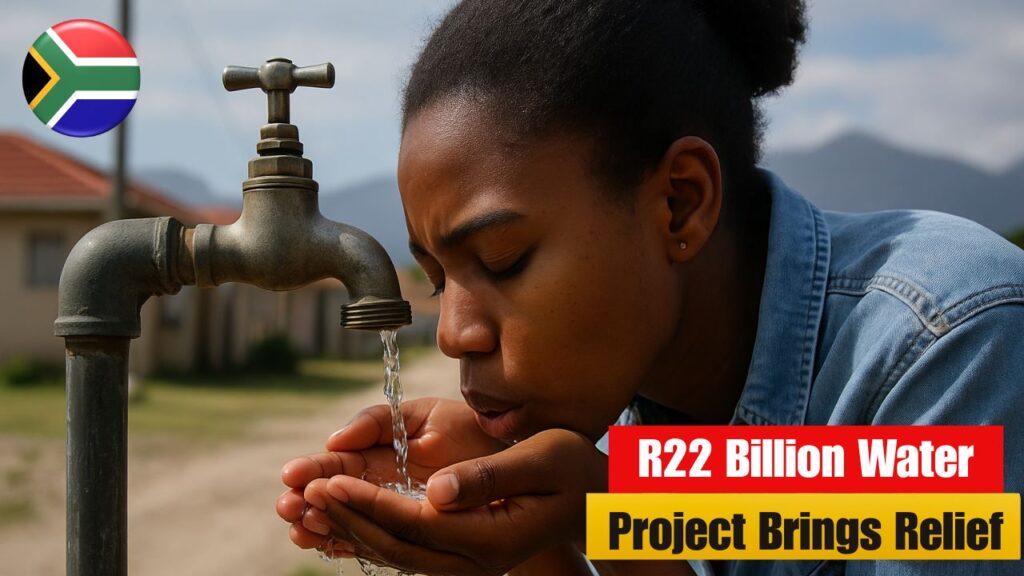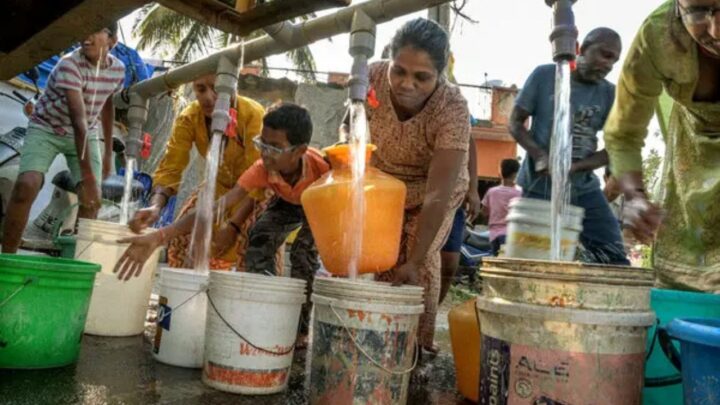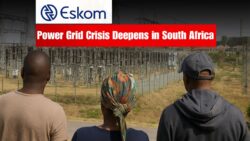South Africans are hopeful once again as a R22 billion water project promises to finally end the ongoing water crisis in multiple provinces. After years of dry taps, limited supply, and constant frustration, government officials have confirmed that major infrastructure upgrades are now underway. The project aims to restore consistent water flow to areas in Gauteng, Free State, and Limpopo within months. For millions of residents who have endured severe shortages, this development marks a much-needed step toward stability and clean water access across South Africa.

Massive Government Investment to Fix South Africa’s Water Crisis
The South African government has allocated R22 billion to rehabilitate and expand aging water pipelines, reservoirs, and treatment plants. This funding will target critical areas suffering from water infrastructure failures and drought-linked disruptions. According to the Department of Water and Sanitation, the investment will prioritize regions that have faced frequent supply cuts and contamination issues. This initiative also aims to create employment opportunities through construction and maintenance work, ensuring both economic growth and long-term sustainability for affected communities.
Read Also : South Africa R28bn Rescue Plan Power Grid Load Shedding and Rail Freight Recovery Targets – What Changes
Which Areas Will See Water Flow Restored First?
Under the new plan, the first beneficiaries of this national water relief project will be districts most affected by prolonged shortages. Areas including Johannesburg South, Ekurhuleni, and Polokwane have already been listed for immediate restoration efforts. Technicians are replacing outdated pipes and fixing leaks that have wasted millions of liters daily. The project’s timeline indicates that major urban zones could see full water pressure restored by early 2026. Rural communities will follow soon after, supported by new boreholes and improved filtration systems.

Long-Term Sustainability and Clean Water Assurance
Beyond repairing infrastructure, the government is focused on ensuring clean water supply and sustainability. New purification technologies are being installed in multiple municipalities to guarantee safe drinking water. The National Water and Sanitation Master Plan will monitor quality standards and prevent mismanagement. Environmental experts are also collaborating to conserve dam levels and reduce pollution. By combining modern engineering with long-term planning, South Africa aims to eliminate recurring water shortages and maintenance backlogs permanently.
Public Reactions and Expectations Across South Africa
Residents have welcomed the announcement with mixed feelings — relief, but also skepticism due to past unfulfilled promises. Civil organizations are demanding transparency in project spending and regular updates from authorities. Many South Africans believe that with proper management and accountability, this project could transform how municipal water delivery is handled nationwide. The government’s next challenge will be maintaining momentum and ensuring the funds are used effectively to bring lasting change.
| Province | Key Areas Benefiting | Expected Completion | Funding Allocation (R) |
|---|---|---|---|
| Gauteng | Johannesburg South, Ekurhuleni | Mid-2026 | 8 Billion |
| Free State | Bloemfontein, Welkom | Late 2026 | 5 Billion |
| Limpopo | Polokwane, Thohoyandou | Early 2027 | 4 Billion |
| Eastern Cape | East London, Mthatha | Mid-2027 | 5 Billion |
FAQ 1: Which areas will benefit first from the R22 billion project?
Gauteng and Limpopo are among the first provinces to receive infrastructure upgrades.
FAQ 2: When will residents see consistent water supply again?
Most urban regions are expected to experience improved water flow by mid-2026.
FAQ 3: Who is funding this massive water project?
The project is funded by the South African government through the Department of Water and Sanitation.
FAQ 4: Will rural communities also benefit?
Yes, rural regions will get new boreholes and purification systems under later project phases.



